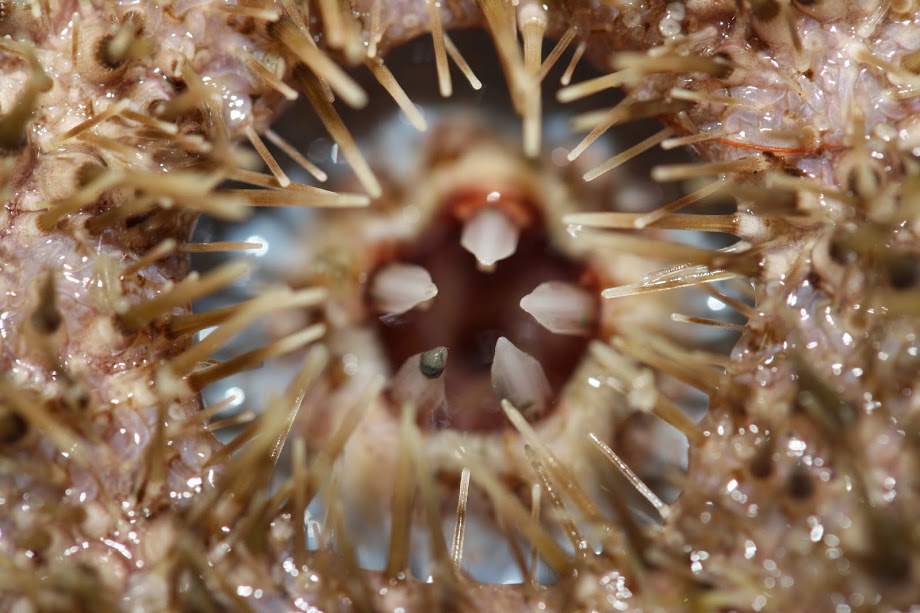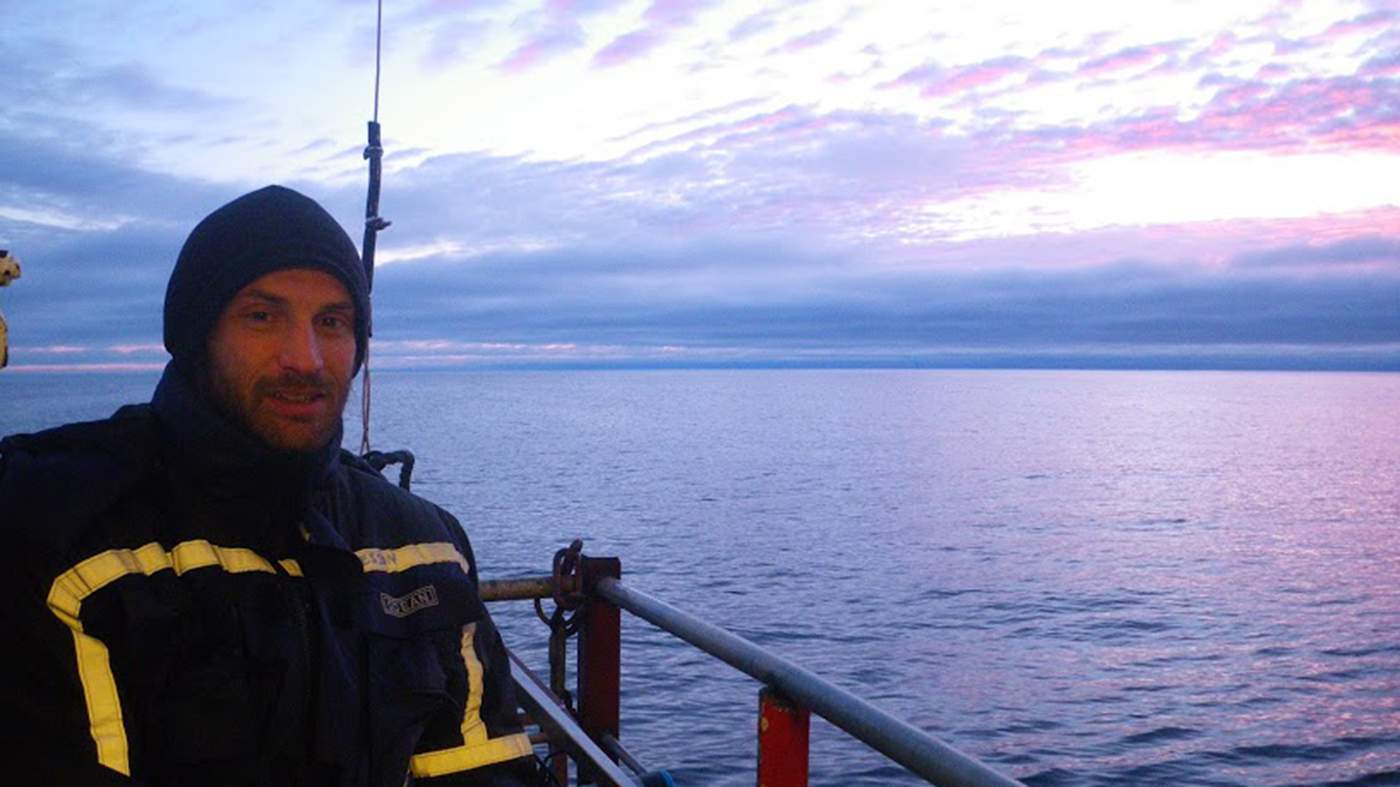There’s remote and then there’s Greenland. A vast wilderness that’s more than three quarters ice, Greenland doesn’t have many roads – or people. A population of just 60,000 are spread across 2.1 million square kilometres, clustered at the foot of mountains or spread along the shores of fjords. It’s the world’s largest (non-continental) island and the most sparsely inhabited.
Even more remote is the seafloor that surrounds it. So remote that scientists know little about the animals and plants living in these deep, polar habitats.
But with Greenland’s economy highly dependent on commercial fishing for fish and prawns, Greenlanders are keen to ensure that these ecosystems are healthy – and remain that way long into the future.
The West Greenland continental shelf extends from the same latitude as the Shetland Isles to more than 1,000 km inside the Arctic Circle. Its deep, dark seafloor harbours a diverse array of marine creatures from sea cucumbers and starfish to corals and sponges. But the full extent of its life has only recently been revealed.
The beginnings of a fruitful partnership
When Greenland’s cold water prawn fishery first entered MSC assessment in the late 2000s, the assessment team saw that the Greenland Institute of Natural Resources had extensive historical data on the health of prawn stocks, yet very little was known about the seafloor habitats where the fishery was operating. In fact many of these habitats had never been mapped at all.
To understand more, Sustainable Fisheries Greenland, the fishery client, called upon the expertise of a team of seafloor researchers from the Institute of Zoology, Zoological Society of London (ZSL). It was to be the start of a mutually beneficial relationship.
“Working with Sustainable Fisheries Greenland enabled us to conduct pioneering research into benthic (seafloor) habitats on West Greenland’s continental shelf, an area that would otherwise have been very difficult for us to access.”
Deploying deep sea cameras
In summer 2011, the ZSL team joined the crew of the M/T Paamiut, an Arctic survey vessel. During the daytime, the boat was being used to conduct the fishery's annual stock assessments while at night the ZSL researchers set about their work.
The team began mapping the seabed by lowering tethered
cameras off the side of the boat. The cameras took high resolution images of the seabed, often hundreds of metres deep, with each image containing up to six hundred organisms living on the seafloor.
The research, which has so far led to the publication of three new scientific papers, revealed new information about the animals living in each type of habitat, with more found in rocky habitats and fewer in areas where the seafloor is soft and sandy.
Innovative management measures
In response to ZSL's research, SFG began trialling new measures to prevent unintentional bycatch. For example, it adapted the fishing gear to raise it further off the seabed and reduce damage to sea pens, a delicate invertebrate that looks like an old-fashioned quill pen.
SFG has also worked to designate a marine protected area that will safeguard important coral and sponge species.
Greenland’s prawn fishery received MSC certification in 2013, but the partnership between SFG and ZSL is still going strong. Seabed camera surveys have continued every year since 2011, and SFG has also gone on to fund a PhD project that aims to identify vulnerable marine ecosystems in the region.
This fruitful research collaboration will inform responsible fisheries management long into the future.








